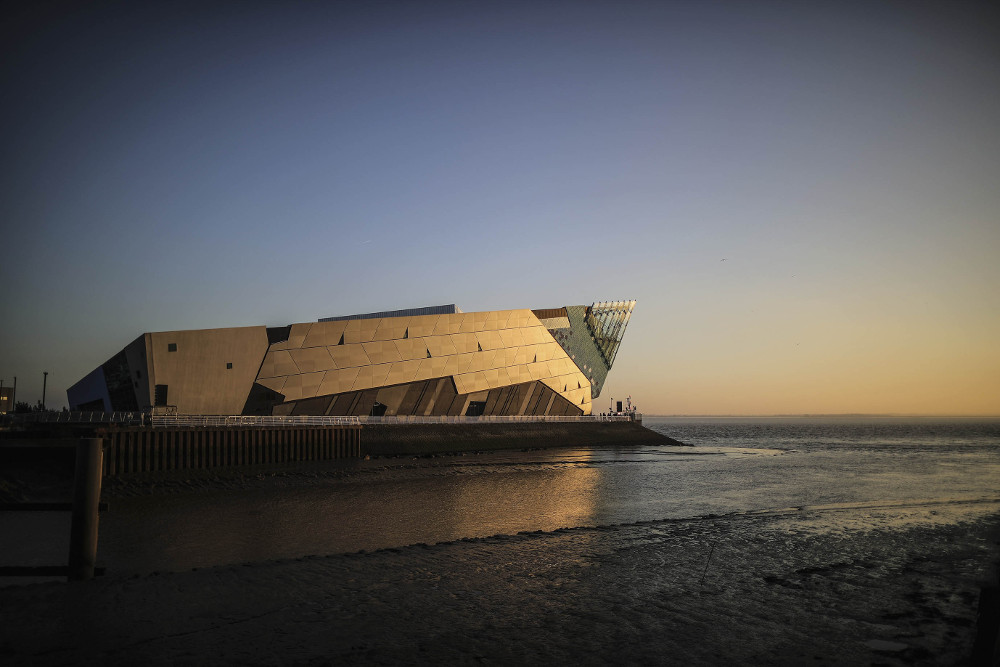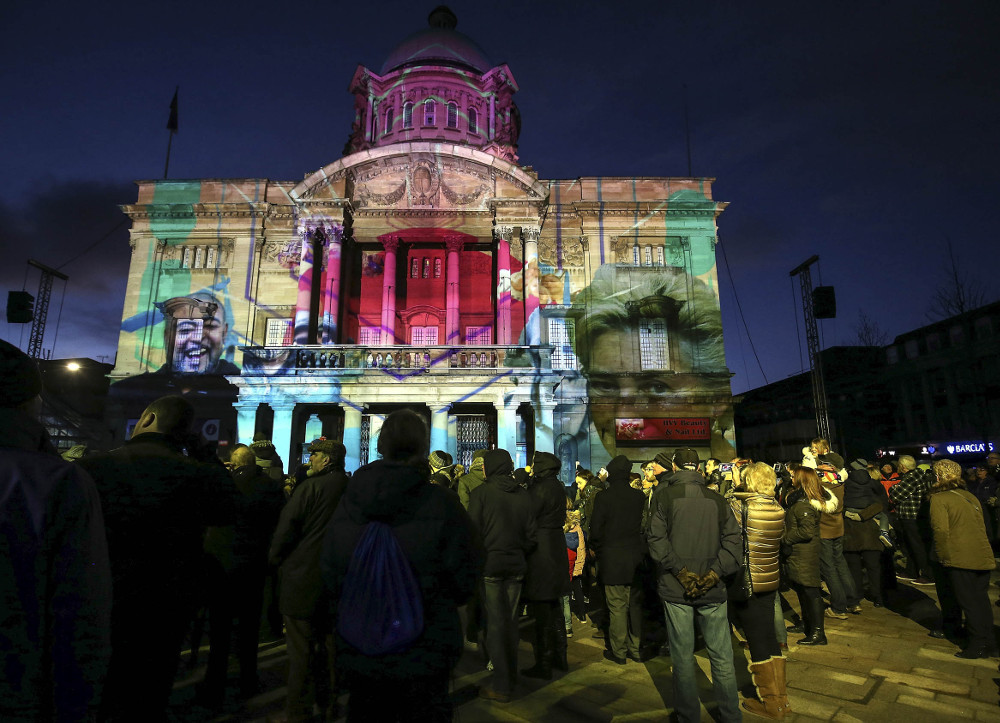Hull design landmarks: Humber Bridge
The wind whips around me, and for a moment I feel that it could pick me up and throw me over the edge. I clutch my bag closer to my side. My sister rethinks her earlier decision to take her coat off and we huddle into a large concrete pillar so she can put it back on without it being ripped out of her hands and tossed into the grey water below. Finally, we look ahead at our journey.
The Humber Bridge is 2 220m long. The longest suspension bridge in the world at the time of its opening, it is 130m longer than the iconic Golden Gate Bridge in San Francisco, although it has since been surpassed.
My footsteps seem to echo through my body, creating a regular rhythm. A truck rolling past causes the ground to vibrate beneath my feet and the sound seems to amplify itself in the hollows of my bones. We pass an invisible mark and the music of an orchestra cues in and begins.
This is The Height of the Reeds, an installation piece weaving music, poetry and ambient sound to turn it into a musical journey. It’s one of many pieces in a year-long programme celebrating Hull as the United Kingdom’s city of culture for 2017, an award that is given out every four years to cities that have demonstrated a “belief in the transformational nature of culture”.
When I first suggested Hull to my sister as a stopping point on our UK road trip, she responded with: “Why would we go to Hull?” We would hear this question repeated by family and fellow travellers every time we laid out our itinerary. If it’s famous for anything, it is not as a cultural destination, something the city is hoping will change.
Most recently it has been highlighted as part of an area that voted overwhelmingly in favour of Brexit, action which has come to be associated with racism and anti-immigrant sentiment. It’s ironic in light of the film This City Belongs to Everyone, which many credit as clinching the winning bid.

[The Deep aquarium, Christopher Furlong/Getty Images]
This dichotomy is the subject of the work of Helen Cammock as part of an exhibition in Hull Central Library, alongside Hannah Dawn Henderson and Lubaina Himid, called Beyond Words. The works are presented in a small white cube and each focuses on aspects of immigrant identity. Himid’s collection of vibrant colourful prints are part of a series called Freedom Kangas, inspired by her early life in Zanzibar. Henderson’s Being, in a State of Erasure presents tightly cropped images of photographs and newspaper text from the UK civil rights movement.
Beyond Words is part of a larger project that commissioned 10 new artists’ books to be launched throughout the year. Look Up will see a number of public artworks appearing and a collaborative film project between filmmakers in Hull and twin cities Freetown and Sierra Leone will also release its short films in instalments.
The rest of the programme has been divided into four seasons. Made in Hull, which ran from January through to March, focused on challenging preconceptions about Hull. I visited the spring season, Roots and Routes, which considered Hull’s position as a point of arrival and departure as well as the journeys made through Hull.
The summer season’s Freedom, which will run until September, explores “the concept of freedom in all its many forms”.

[Culture shock: We Are Hull by Zolst Balogh with original soundtrack by Dan Jones, at Queen Victoria Square for Sean McAllister’s Made in Hull, was part of the official opening of Hull UK City of Culture. Photo: Nigel Roddis/Getty Images for Hull UK City of Culture 2017]
It is named in celebration of local politician and anti-slavery campaigner William Wilberforce who died in 1833, three days after receiving assurance that the Slavery Abolition Act would be passed, finally abolishing slavery in the British Empire.
“What does freedom mean to you?” the highlights brochure boldly asks. The final chapter, Tell the World, will “look at how the city is redefining itself as a city on the up”.
With the heavy headphones on and the sound in your ears and in your body, you are cocooned in your own world, in your own space, in your own experience. “Look up,” says the voice of a child, our guide through this experience. So we look up and take notice of the way the steel rope travels upwards to meet at a point way above us, holding us suspended over the water that rushes towards the city in the distance and the great port that has defined this city since the 12th century. ‘‘And around,’’ the voice says again and we look out at the river. We are halfway across.
The city has invested heavily in the year, with huge infrastructure upgrades in preparation of the cultural programme which the city hopes will launch Hull as a cultural destination. Almost 350 000 people attended the opening week in January but only time will tell if the investment was well made.
The cultural programme has also drawn large investments, not only financial but in cultural capital. Annual events have relocated to Hull for the year, most notably the internationally (in)famous Turner prize announcement, alongside cultural institutions such as the Royal Shakespeare Company.
The newly refurbished Fehrens gallery is temporary home to a number of pieces from other British institutions in what The Guardian has called “a perfect instance of art world co-operation: everyone uniting to set masterpieces before the public”. This includes a Rembrandt, proudly announced, for the first time in Hull’s history.
The Mariner and his Wife is a fitting choice, celebrating Hull’s maritime history, complementing the permanent collection of Dutch masters and affording the opportunity to share the strong but inconclusive evidence that Rembrandt himself may have lived in Hull while hiding from creditors in his home country.
It is exciting to see a city coming out like this. Culture is really about conversations in whatever form these take; about opening up and sharing experiences, ideas and viewpoints. In these turbulent times when it seems so easy to hurl rock hard, immovable opinions at each other across a Facebook page, culture — and spaces that celebrate it — become more and more precious.
Reaching the end of the Humber Bridge I feel immensely alone. My journey has turned me inward, my experience is singular. And yet as I take off the headphones and look out at the river, at my sister and at our fellow travellers, the experience is also shared.
The programme will reach its height in the coming months, packed as they are with festivals, including the 10th annual Freedom festival, and a broad range of events spanning multiple genres, disciplines and platforms. They are a celebration of heritage: of complex and multi-narratived relationships, local, national and international and, above all, of the transformative nature of culture.